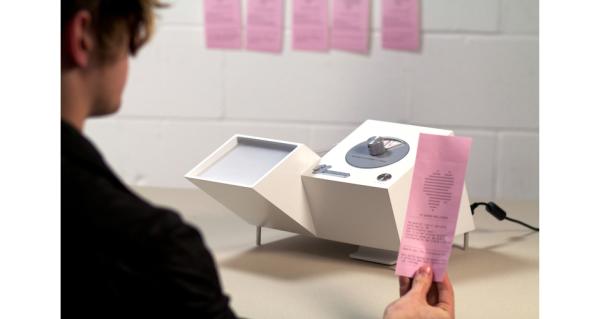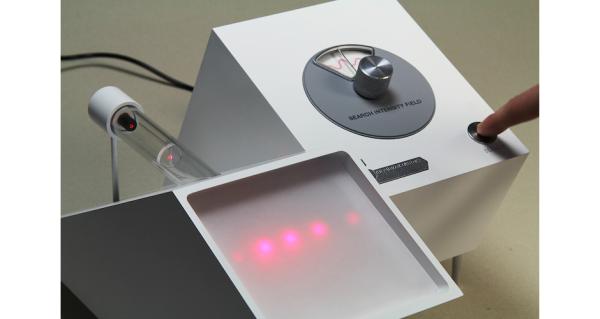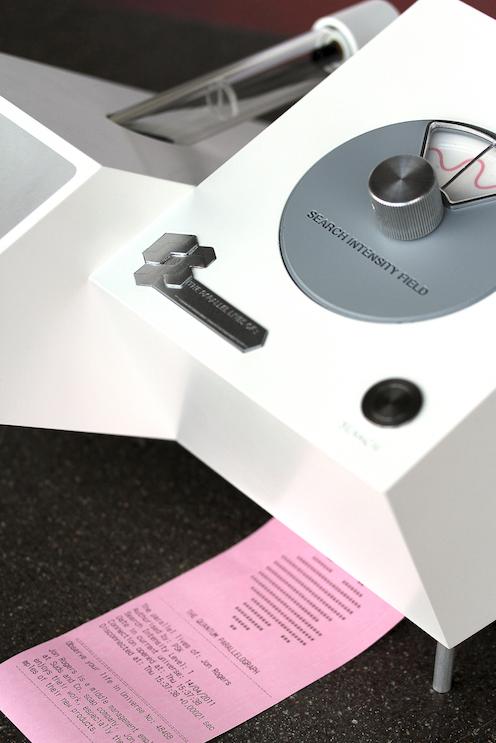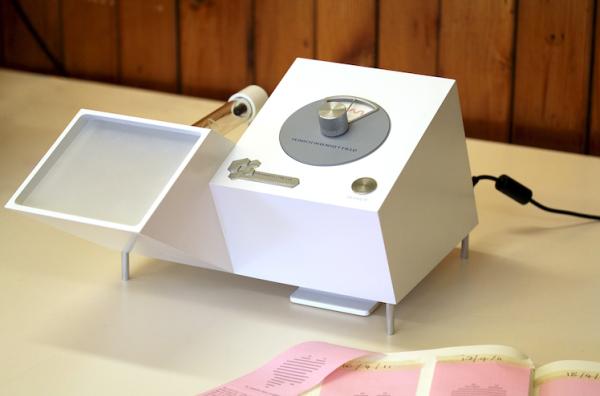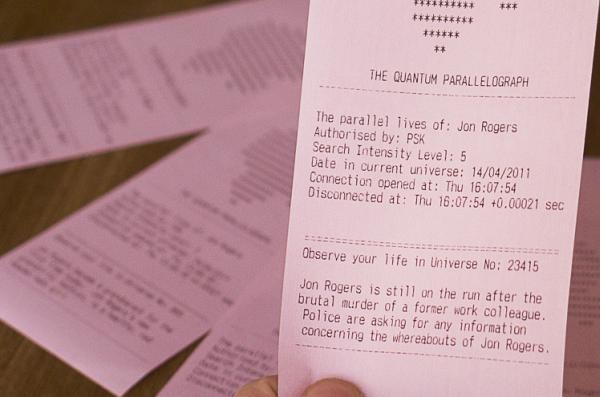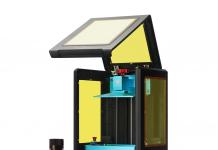Quantum physics is one of those areas of science which has been the staple of science fiction, and many real life scientists who have tried to explain the concept of parallel universes.
While many have questioned the very existence of parallel universes, also known as ‘Multiverses’, scientists are now seriously considering their existence, and also our own inability to fully comprehend what reality is.
Quantum Parallelograph aims to engage the public by allowing them to explore both philosophical and scientific ideas which constitute the theories of multiple universes and quantum physics.
Professor David Deutsch of Oxford University argues that multiple universes exist within ourselves, which is also a psychoanalytic concept that explores the concept of alter egos. None of us are anyway rooted in reality, and in fact there cannot be a singular reality.
Reality is subjective, and that is exactly what makes each one of us to perceive reality in so many different ways that the concept of reality itself is paradoxical, which also suggests that it is beyond human understanding to comprehend what constitutes universal truths.
The Quantum Parallelograph is a device that allows users to discover their ‘parallel’ selves based on their Internet using patterns. In fact, we may not realize, but the more we use the Internet, the more we explore our own alter-egos, and alternate realities and alternate selves, ultimately proving the concept of multiple universes existing within ourselves.
The device, The Quantum Parallelograph would print out a short statement about the user’s ‘simultaneous parallel lives’ based on their Internet usage, social media interactions and many other criteria. The experiment aims to demonstrate the existence of parallel universes with the help of Young’s Double Slit Experiment.
An example that could help you understand this rather complex theory is that when a photon of light appears to enter double slits, it interacts with its ‘parallel’ version and a connection is made across ‘universes’.
These controversial theories are still at their infancy, and one may not be able to understand them either scientifically or philosophically. That is perhaps why we may never be able to understand what ‘reality’ truly is, and what our ‘existence’ means in this universe, or many universes.
The researchers behind the project warn that the results of the Quantum Parallelograph could be quite disturbing for some people, though the report would be short and ambiguous. It is for you to decide if the report is fantastic, or realistic, or beyond your comprehension. You could also take a look at the world’s first commercial quantum computer, the D-Wave.


